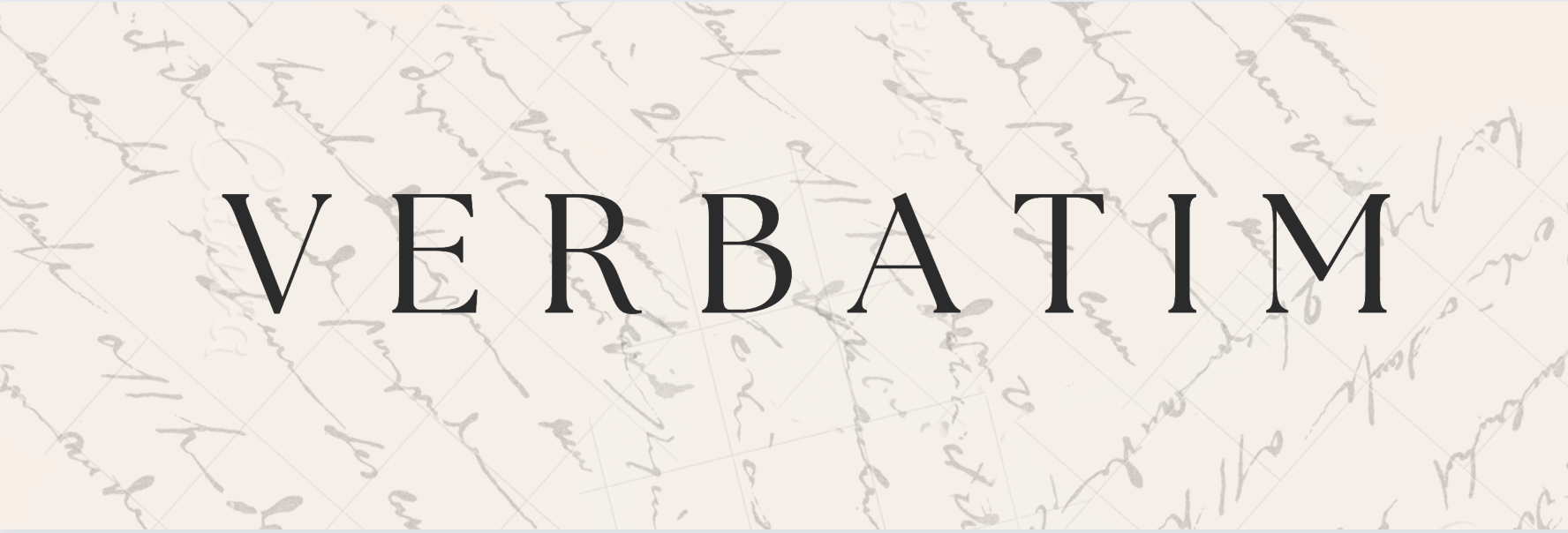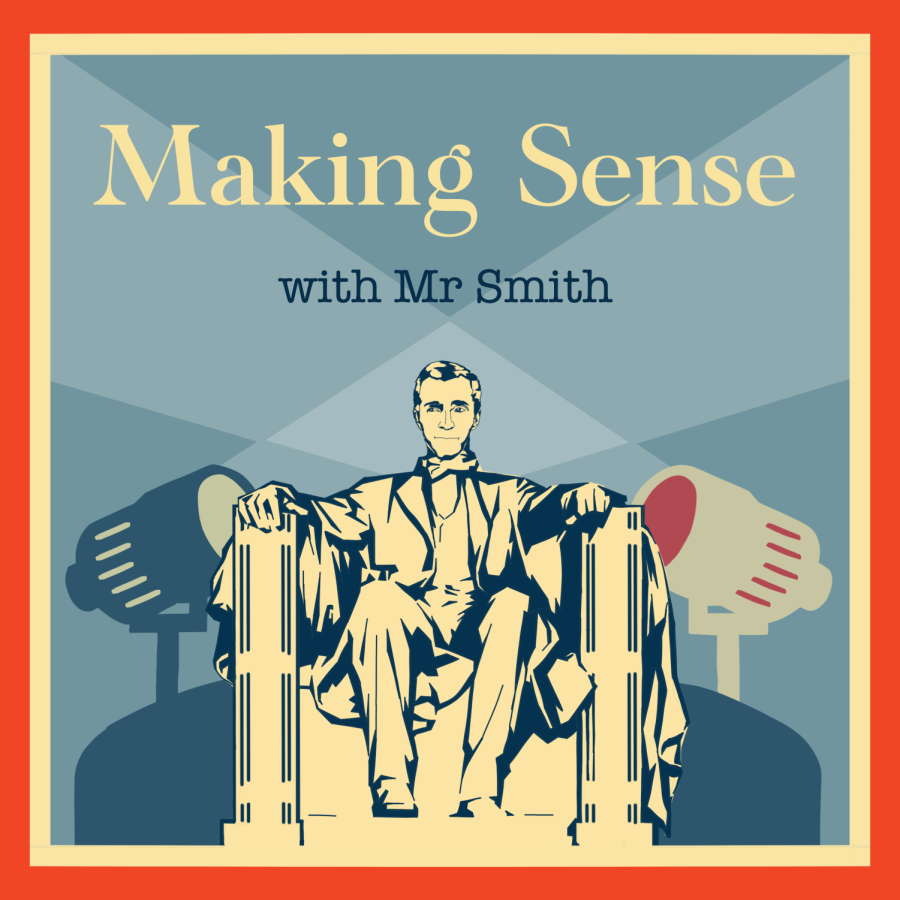At the beginning of the New Year, it’s customary to set resolutions to symbolize a fresh start—whether getting rid of bad habits, hitting the gym, or pursuing some new path of self-improvement. Each year, Americans set a goal to better themselves to live a happier, healthier lifestyle. If I’m being frank, I know most people don’t end up following through with the resolutions they come up with. And yes, I qualify as a card-carrying member of that club.
I’ve made the big, bold declarations: “I’ll eat better this year,” or “I’ll work out five times a week.” Spoiler alert: I didn’t even make it halfway through January. Something about the sheer size of these resolutions makes them feel inspiring when you’re jotting them down, but almost impossible when it comes to sticking to them.
That’s where the idea of micro-resolutions comes in. Instead of pledging to completely overhaul your life, you focus on making small, manageable changes—tiny tweaks that, over time, add up to something meaningful. It’s not about becoming a brand-new person overnight; it’s about inching closer to the version of yourself you want to be. And the best part? It feels doable. Take the gym, for instance. Instead of promising yourself that you’ll transform into a fitness guru by spring, you might start with something as simple as doing five push-ups a day. That’s it. Five push-ups. It sounds laughably small, right? But the beauty of micro-resolutions is that they’re not intimidating. You’re more likely to follow through because the commitment feels manageable. Plus, success leads to momentum. Five push-ups might turn into ten, and before you know it, you’re working out regularly without even realizing it.

Micro-resolutions also shine in their ability to address those nagging habits you’ve always wanted to fix but never quite broke. Let’s say you’ve been trying to cut down on screen time. Instead of swearing off your phone cold turkey, commit to putting it down during meals, just meals. That one little change could open up space for more meaningful conversations or even help you savor your food instead of mindlessly scrolling. Over time, you might find yourself reaching for your phone less often in other situations, too.
Another key to micro-resolutions is specificity. The broader your goal, the easier it is to wiggle out of it. “I want to read more” is a nice idea, but it’s too vague to act on. Instead, try something like, “I’ll read one chapter before bed every night” or even “I’ll read for five minutes while I drink my morning coffee.” The more specific you are, the easier it is to measure progress and hold yourself accountable, and from there, it’ll grow.
And let’s not forget the role of self-compassion in all of this. One of the reasons traditional resolutions fail is that we set impossibly high standards for ourselves. The minute we slip up, we throw in the towel, convinced that we’ve failed. Micro-resolutions, on the other hand, are forgiving by design. If you miss a day, it’s not the end of the world. The stakes are low, so it’s easier to get back on track without beating yourself up. For example, I made a micro-resolution last year to drink more water. But instead of saying, “I’ll drink eight glasses a day,” I started my morning with just one glass before I did anything else. That’s it. Some days, I forgot. On other days, I drank more than one glass. But overall, I drank more water than I would have without that small resolution. It worked because it wasn’t about perfection; it was about making a tiny, positive shift.
Micro-resolutions are also great because they fit into your existing routine without requiring a complete overhaul. If your mornings are already chaotic, adding a 30-minute meditation session probably isn’t going to happen. But could you take three deep breaths before you get out of bed? Probably. And that’s enough to start building a habit of mindfulness and take into consideration the following as a start.

One thing I’ve learned through experimenting with micro-resolutions is that they’re not just about achieving specific goals; they’re about building confidence in your ability to make changes. Adjusting is the difficult part, and from my personal experience, making large resolutions that are too vast is difficult When you prove to yourself that you can stick to a small commitment, you start to believe you’re capable of bigger ones. It’s like laying down a foundation, brick by brick, for future success.
As we dive into this new year, I’ve decided to embrace micro-resolutions wholeheartedly. Instead of trying to become a whole new person, I’m focusing on becoming just a slightly better version of myself. It’s less about revolution and more about evolution—and honestly, that feels like a resolution I can stick to.






















